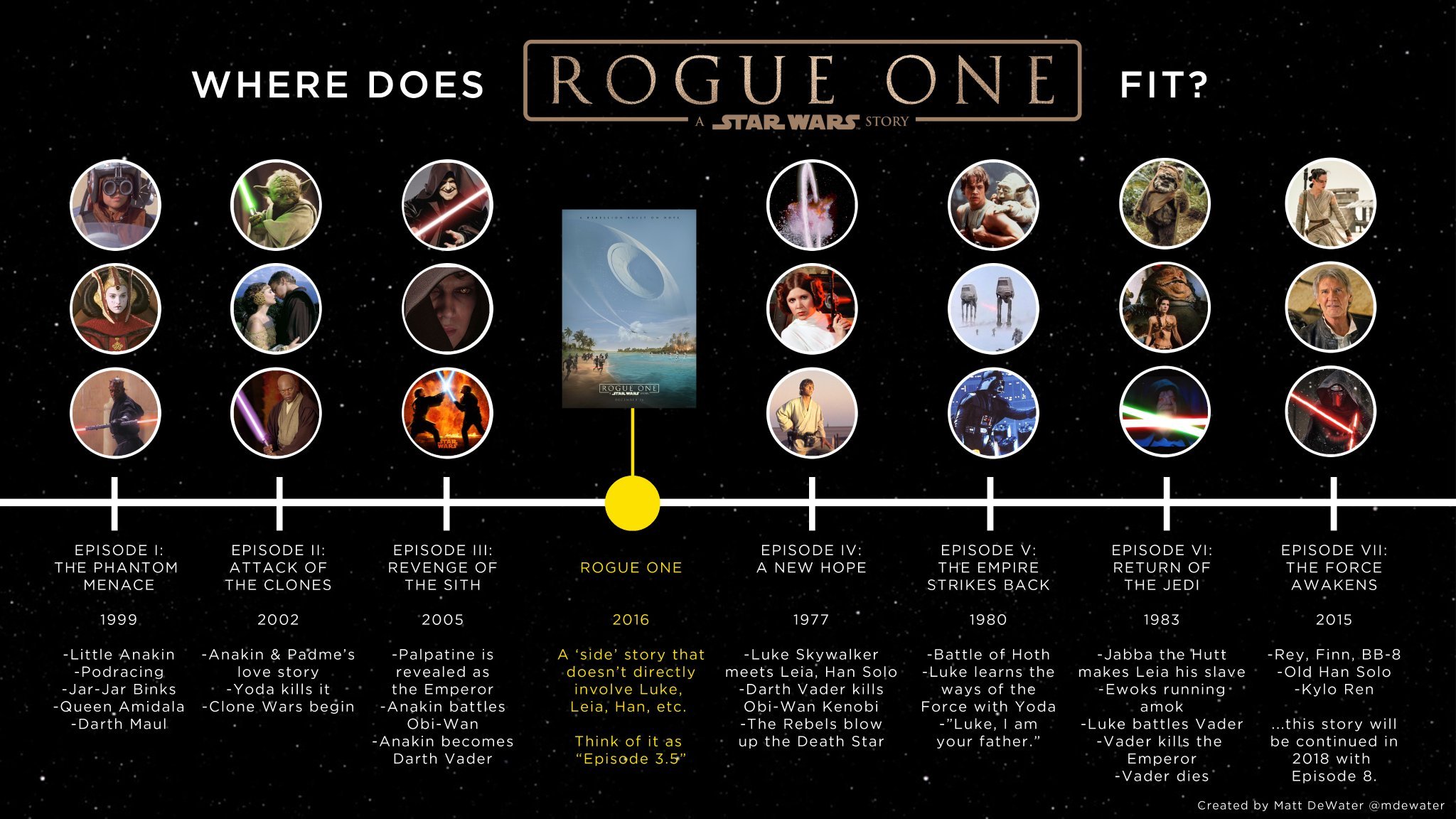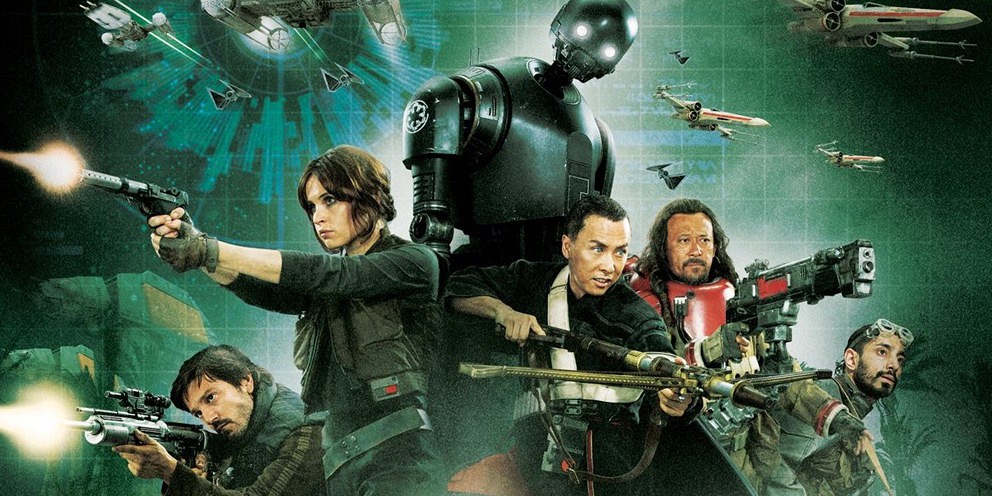So: what did you get up to over the holidays? Relax by the beach? Climb a high mountain? Forget about work? Demolish a building? Watch Star Wars at the cinema? Watch Back to the Future on TV? Was it all, perhaps, strangely familiar?
It was, perhaps, for me, the strangest Christmas, composed of mixtures of bad weather and good beach days, along with unexpected yet exquisite meetings with long lost relatives and friends. Not quite three wise men from far off lands, and a baby in a manger, nor even a nativity as the church is closed for a seismic strengthening, and even Herod would be having trouble collecting data on the new-borns as the Department of Statistics is closed due to a slight reduction in the number of usable beams. But certainly it is interesting seeing other people’s children grow up and compare them to your own offspring, if you have any.
The advantage of bad weather days at Christmas does enable one of the other great Yuletide traditions: that of the giving of money to the cinema chains in order to watch a movie about Star Wars. It is a tradition that started back in about 1977, and one in which it has gone back and forth in time ever since. We started at Episode IV (Part IV? Roman Numerals in space? It’s a different Galaxy, far far away – there were no Romans! Don’t be so silly! They hadn’t even invented the Roman Empire!), or, as we might prefer to call it, part 4, then up to part 5 and part 6, and then curiously back to 1, 2, 3, and now we have something that is meant to be about a 3.5? Honestly – I’m all confused here, mainly because I don’t pay that much attention to the ludicrous plot-lines, silly character names, and just enjoy them for the special effects battles that they really are.

But that would make a rubbish movie review, and with Maximus having done such a sterling job of reviewing films and concerts at times, I thought I would give it a try. Although for the first few minutes I was losing connection with the plot line altogether, instead being obsessed with Felicity Jones upper lip – never before in the history of the galaxy has a quivering top lip inspired so much emotion and dedication in an otherwise all male crew, at least until Princess Leia bursts onto the scene in, umm, episode 4. I am confused though about the accents of the various fighters – despite the whole shebang being set a long, long time ago in a galaxy far, far away, some sound distinctly English, others American, and there are even traces of French, Irish, Scottish, and Japanese. Jyn Ersa has a very British twang, while her father has an American lilt, and by what freakish accident of cosmic synchronicity can this have happened? Also, really, why does anyone speak to a Wookie in English when all they do is yawn at high volume? Shouldn’t Han Solo have just yawned back at high volume also? I mean, when you have a conversation with someone in, say, German, you either both speak German or both speak English – it is unusual to say something in one language and only get answers in another, with no visible signs of translation. I dunno – maybe they had a babel-fish stuck in their ear the whole time, or maybe the dilithium crystals could nay hold them any longer. And since when have raccoons been able to talk, let alone shoot a raygun and converse with a talking tree?

This is harder than I thought. One of the key rules of science fiction fandom is of course not to let the streams cross (oops, there I go again), so a modern connoisseur of SF must keep separate the parallel universes of Star Wars from Star Trek, keep the Hitchhikers Guide to the Galaxy away from the Guardians of the Galaxy, and above all keep Doctor Who away from Doctor Ropata, as we all know we’re not in Guatemala any longer. Most importantly of all, keep the birth of Jesus away from the fundamentalists, as it is far easier to see and believe the parallel world of George Lucas’s imagination, than it is to believe that Mary had a virgin birth, and didn’t just get caught out shagging some bloke called Gabriel down at the pub one night. But I’d better move swiftly on before I end up offending one or more of the world’s major religions…

So – the parallels drawn in the film Rogue One are strong in this one. Apart from there being multiple versions of Stormtroopers, not just in the traditional white, but also some in black, and some in a fetching beige, baby blue, with a touch of rouge combo – all of whom seem to be in the same circus troop, but none of whom seem to have made it into the next film, Episode 4, which was the original… However, 40 years ago the Stormtroopers were obviously the bad guys, being called Nazi names and all, but now they seem more like regular American GIs, especially as they roam through the streets of an obviously middle-Eastern city called Jedda, in a giant battle-tank with similarities to the M1-A1 tank of the US Armoured divisions. Is Darth Vader (yes, he of the pasta-warming scene in the canteen, killing people with a tray) really the new Trumpist Minister for War / Oil / Crystals / Foreign Secretary / Exxon? Or, if we took off that black helmet, would we see a wisp of floating orange hair? Does Vader speak like that because someone grabbed him by the pussy one too many times?

While the fantasy world of Lucasfilm is nice to escape to every now and again, and despite the fact that their CGI motion-capture abilities are nowhere near as good as those of Weta (oh come on, Cushing /Tarkoff looked so obviously rendered, it didn’t fool me even for a second, whereas Jackson’s Kong had me crying in my seat because a giant monkey got shot and was totally believable), the ironic fact remains: that while we are inside watching machines shoot up and destroy an entire city, we currently have a slower, but just as impressive Big Bertha machine start in on its second building, currently eating up large near the big Dragon restaurant in our Tory Street Chinatown. Urban destruction IS real, and it is happening to a city near you.




Out in the regions, architecture (at least I think it’s architecture) persisted throughout the summer – and what’s more they had one.
It’s hard to know if there is an end in sight to the Bilbao frenzy amongst regional museums and their councils, but there seems to be some basis to the “build it and they will tour” argument in this case at least…
http://www.radionz.co.nz/news/national/316242/hundertwasser-style-sculpture-opens-in-whangarei
Starkive – hooray ! Someone still alive out there and reading the blog! You might just be the only remaining reader… Hmm. Architecture in the regions? I’m going to need more proof than a report of Mr 100% Water in Whangerei with a multi-coloured shack. How’s life up in your region? Town Hall still standing and looking fine? Had any new buildings lately?
Ah, the regions…
Whanganui is rolling in Bilbaoishness. The Sarjeant is closing in on a squillion dollar strengthening/expansion target while the humble museum works towards its plucky, pragmatic rebuilding. The Council is tackling the earthquake tithe head-on – more than can be said for a number of towns with yonks of heritage buildings and eyes tight shut.
New buildings? A bit heavy on the one-storey tilt-slab retail sheds tbh.
Well I’m very glad to hear that Whanganui is tackling things head on – I was very much afraid that it was sitting back doing nothing, waiting for the inevitable swathe of demolition orders. As a mostly Victorian town built mainly of Unreinforced Brick Masonry, it hasn’t got a lot of residual seismic resistance up it’s sleeves…
The Sarjeant is lovely. Even more so because of its past scandals, and the scratching away of the names on the commemorative panel out the front…
What is Bilbaoishness all about?
I’m tempted to feign misunderstanding and start talking about Bagginses, but what I was really referring to was the widely promulgated view that the building of Gery’s Guggenheim in Bilbao has saved a moribund city by dragging in hundreds of thousands of cultural tourists.
According to some the economic recovery of Bilbao (not universally accepted as fact) is the ultimate proof of Richard Florida’s theories about artist-led urban renewal. According to others it’s just an example of the effect of various EU agencies pumping money into regions to suit the political agendas of member governments.
Either way, the “build it and they will come” cry has been enthusiastically taken up by provincial museums and galleries all over the world as a lever for capital funding. Not least in towns like New Plymouth, Whangerei and Whanganui.
New Plymouth!
You were lucky – we used to live in shoebox int middle at road
Currently in Hawera with it’s lit-up watertower and nightlife of epic fail proportions but thank the lords of fate that I am outta here tomorrow
The Tawhiti museum is still as cheerfully loony as I recall it from days gone by – recommended
Thank you.
I think that probably Bilbao has been the best ever example of Bilbaoishness – everyone else since has been trying to replicate their success, but without as much luck. There are a number of factors that went into it – not just the shiny new Gehry Guggenheim.
1. New public transit system – one of the worlds nicest small metro systems.
2. Connection via the airport to rest of Europe – convincing airlines to fly there from the UK etc, not just from Madrid.
3. Stopping terrorism in the region that had, understandably, caused tourists to be reticent to visit.
4. Massive influx of new money from the EU, allowing those points above, and:
5. Super shiny new buildings to attract the tourists.
Some people in NZ go on about NZ having missed out on this effect with the Te Papa design we went ahead with, instead of taking the option of Gehry/Rewi/Athfield. Yes, we would have had a more iconic building, and yes, the building we do have is an ugly sonofabitch, both inside and out, but I honestly don’t think that we would have had the same effect due to the other factors noted above. Maybe I’m wrong, as we got a degree of that from the Bilboishness of Sir Peter instead – but then again, architecture is not the global draw card that film is….
OK – geek time now – have a read of this!
https://www.inverse.com/article/25436-rogue-one-fan-theories-explained